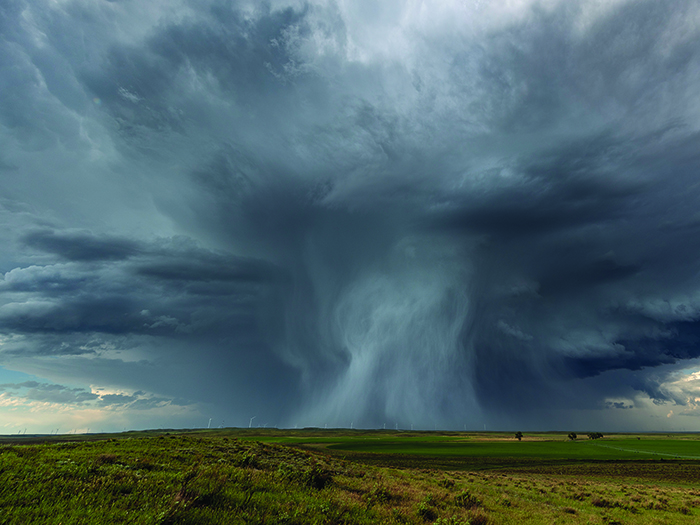The Quest for Diversity & Inclusion Isn’t New. Why Can’t Insurance Get It Right?
President Joe Biden has chosen Susan Rice to head up a federal agency, the Domestic Policy Council, where one of the top priorities will be “racial equality and justice.”
Does this endeavor indicate that the current administration will actively address diversity and inclusion (D&I)?
Looking back in history, action by the United States federal government has been the channel by which many monumental transformations have occurred.
When the Government Steps In
In 1961, President John F. Kennedy aspired to put a man on the moon. Apollo 11 blasted off on July 16, 1969 and four days later Neil Armstrong and Edwin Aldrin landed on the moon.
During the ’70s, America went through an energy crisis. During the crisis, it was common for dozens of cars to sit bumper to bumper at a gas station in four long lines inching towards pumps.
Through legislative action and an array of executive orders, the federal government established the Energy Research and Development Administration, Federal Energy Administration, and the Office of Energy Programs.
Since the ’70s, the Energy Department has continued to address energy, environmental and nuclear challenges through research, development and administration.
The Savings and Loan Crisis in the ’80s and ’90s resulted in the failure of nearly 1/3 of the savings and loan associations between 1986 and 1995. As a result, Congress passed the Financial Institutions Reform, Recovery and Enforcement Act.
The common factor in the above examples is that the government took action. Whether it be the decision to travel to the moon or deal with a financial crisis, the government appropriated measures to find a solution.
The issue of diversity and inclusion has been around since the mid to late 1960s. Yes, we have made some progress, but clearly the issue has not been resolved.
Billionaires and millionaires in athletics have tried to tackle the D&I issue with little to no success.
The National Football League, in 2003, attempted to address the issue of diversity by adopting the Rooney Rule. This policy requires every team with a head coaching vacancy to interview at least one or more diverse candidates to increase the population of diverse coaches within the league. As of 2020, the NFL had three African American head coaches, the same number as 2003.
So How Has the Insurance Industry Fared?
The U.S insurance industry is a trillion-dollar business. According to data, from the S&P Global Market Intelligence compiled from the U.S. Bureau of Labor Statistics, the percentage of nonwhite employees in the insurance workforce stood at 21.4% in 2019, which was an increase of 1.6% from the prior year.
The percentage of nonwhite insurance workers was just 15.3% in 2010.
If you are one to get Google Alerts on insurance, you rarely see someone that looks like me getting promoted to an executive role in this industry.
Some industries have indicated that meeting diversity goals is difficult. Wells Fargo chief executive, Charles Scharf, infuriated many when he stated that the bank had trouble reaching diversity goals, because there was not enough qualified minority talent. The question to be raised is what methods were used to search for potential qualified minorities?
To truly understand this assertion there are two areas that need to be understood: racism and systematic racism. There is a difference between the two.
Racism can simply be defined as prejudice and discrimination against a person or people based on them being part of a particular racial or ethnic group.
Systemic racism are inequalities that arise based on systems and laws that have been in place for years. The following YouTube clip explains this concept.
I think we all need to ask ourselves some difficult questions:
Is this truly a matter that we are determined to resolve? Some might say the industry of D&I has become too big and thus a cure is not advantageous. It has been estimated that U.S. companies alone spend $8 billion a year on diversity trainings.
Even if there is an objective to correct diversity issues, is our society ready to have difficult conversations?
Many today cannot even agree as to whether systemic racism exists.
Is it up to the government to facilitate the diversity and inclusion transformation as it has done in the past with other crises? Thus far, most things that are being done to solve the D&I issue can be equated to chiropractic manipulations.
It makes you feel good for a while, but the underlying condition still exists. &










